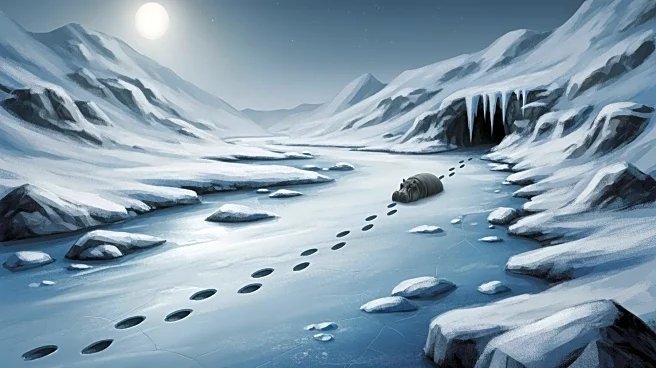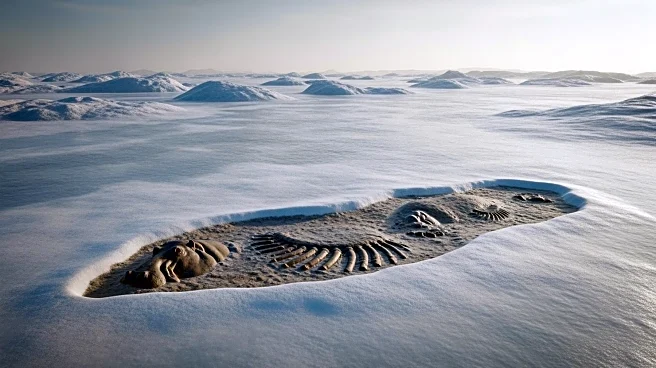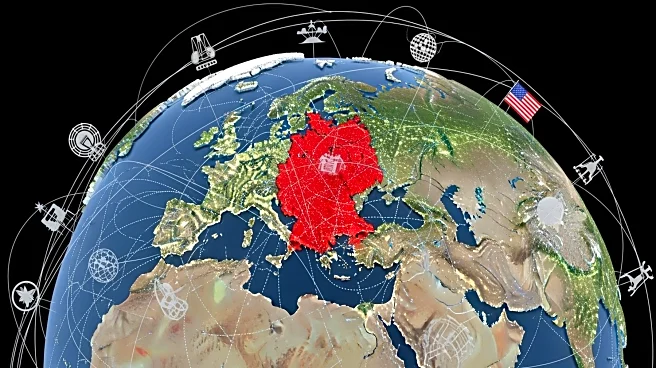What's Happening?
A recent study conducted by an international team of researchers has revealed that hippos lived in the Upper Rhine Graben of southwestern Germany during the last ice age, much later than previously believed.
The study, led by the University of Potsdam and the Reiss-Engelhorn-Museen Mannheim, found that hippos persisted in the region between 47,000 and 31,000 years ago, coexisting with cold-climate animals like mammoths and woolly rhinoceroses. This discovery challenges the previous assumption that hippos disappeared from central Europe around 115,000 years ago. The research utilized genetic and radiocarbon dating methods to confirm the presence of hippos during a warmer phase of the middle Weichselian glaciation.
Why It's Important?
The findings significantly alter the understanding of Ice Age ecosystems in Europe, suggesting a more complex environmental history than previously thought. The presence of hippos alongside cold-climate animals indicates diverse ecological conditions that could reshape theories about animal adaptation and survival during the ice age. This research may prompt a reevaluation of other continental European hippo fossils and contribute to broader studies on climate and environmental evolution. The study highlights the importance of interdisciplinary research in uncovering historical climate patterns and their impact on biodiversity.
What's Next?
Further examination of other heat-loving animal species traditionally attributed to the last interglacial period is anticipated. Researchers aim to continue exploring the Upper Rhine Graben to gain deeper insights into the region's prehistoric climate and environmental conditions. This ongoing research could lead to new discoveries about the adaptability and resilience of various species during the ice age.
Beyond the Headlines
The study underscores the complexity of Ice Age environments and the potential for local peculiarities to form a comprehensive picture of historical climate conditions. It also raises questions about the genetic diversity and geographical isolation of ancient hippo populations, offering a unique perspective on evolutionary processes.













